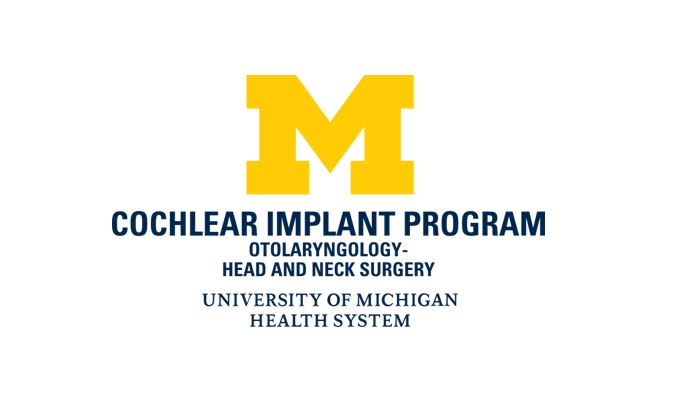ANN ARBOR, MICHIGAN — Receiving a cochlear implant as a baby was only the beginning of 10-year-old Rhys Craker’s hearing journey.
Learning to live in a world full of sounds, with a cochlear implant, takes adjustment—for the patient and everyone in their life.
It’s the mission of Michigan Medicine’s Sound Support program, an arm of the Cochlear Implant Program, which is also available through CS Mott Children’s Hospital, to help all involved manage the changes and thrive.
Rhys’ family has received that support starting from when he was diagnosed with hearing loss to his cochlear implant surgery, and into his schools and home, where Sound Support offers services and training to the people in his life.
“U-M had it set up for us. It was wonderful,” said Rhys’ mother, Jaymie Hatt of Traverse City. “They kind of said, ‘Here are the steps we take. This is how often you’ll have to come down. These are the things that we’re going to do.”
Cochlear Implant Program
Established in 1984, U-M’s Cochlear Implant Program is one of the oldest in the country and has restored hearing to more than 3,500 children and adults. Sound Support started as an outreach program in 2004. It is funded by a matching grant between the U-M Department of Otolaryngology, Head and Neck Surgery and Michigan Medicaid.
The mission of this outreach program is twofold: 1) Improve the quality and timeliness of care for children who are deaf and hard of hearing, including diagnosis, treatment and rehabilitation of hearing loss; 2) Reduce the costs associated with medical, social and educational management of hearing-impaired individuals as they become adults.
Sound Support’s outreach is available to any child with hearing loss in the state of Michigan. Its unique approach combines medical treatment and rehabilitative treatment on campus and through connections in communities around the state.
**Read the full story here at the University of Michigan News.
Source: University of Michigan







